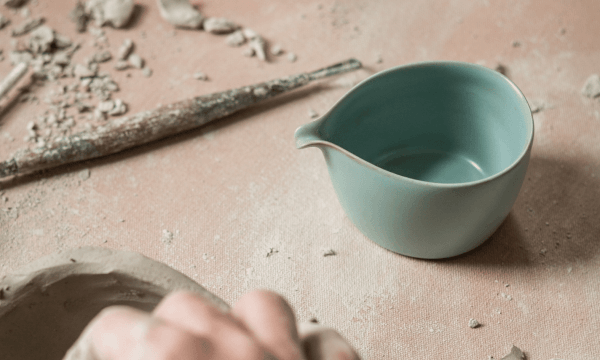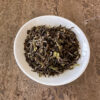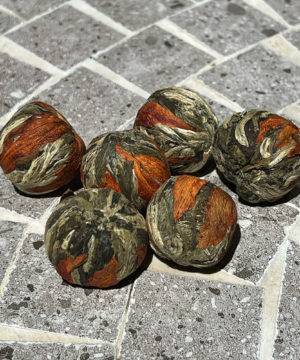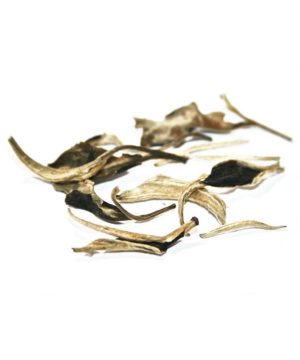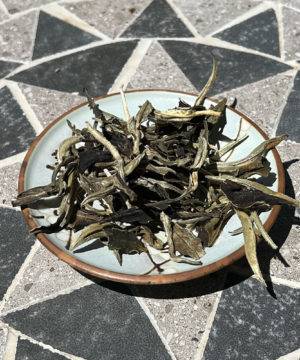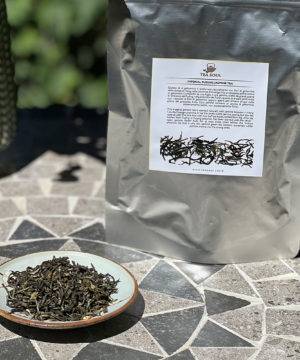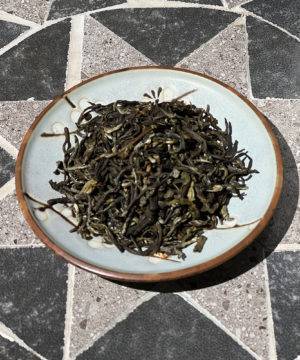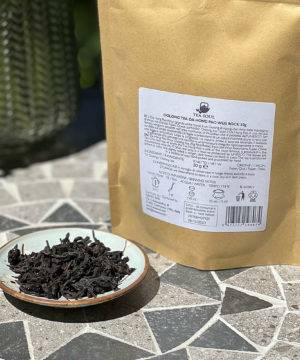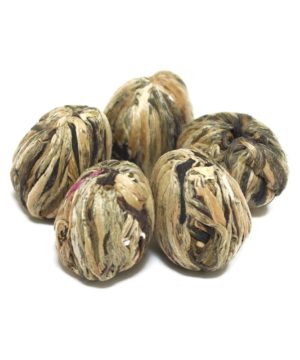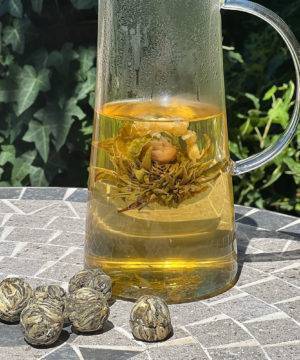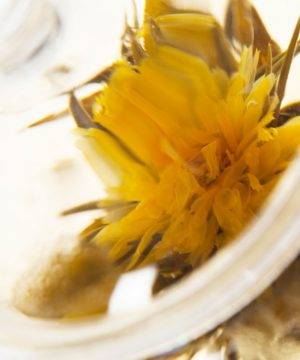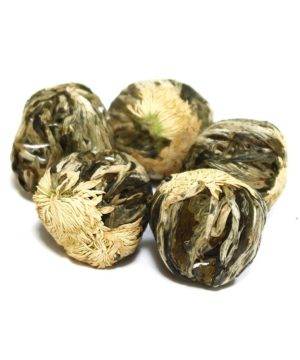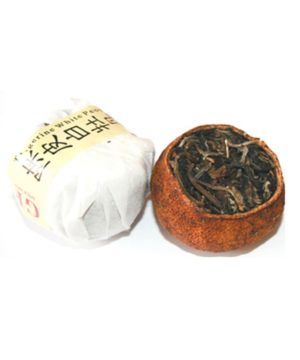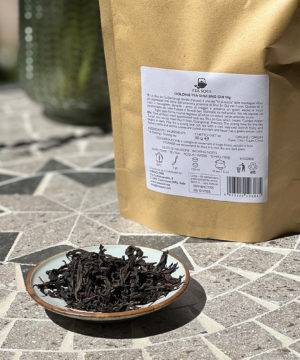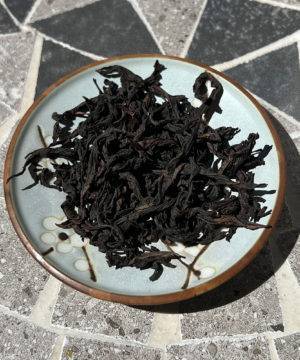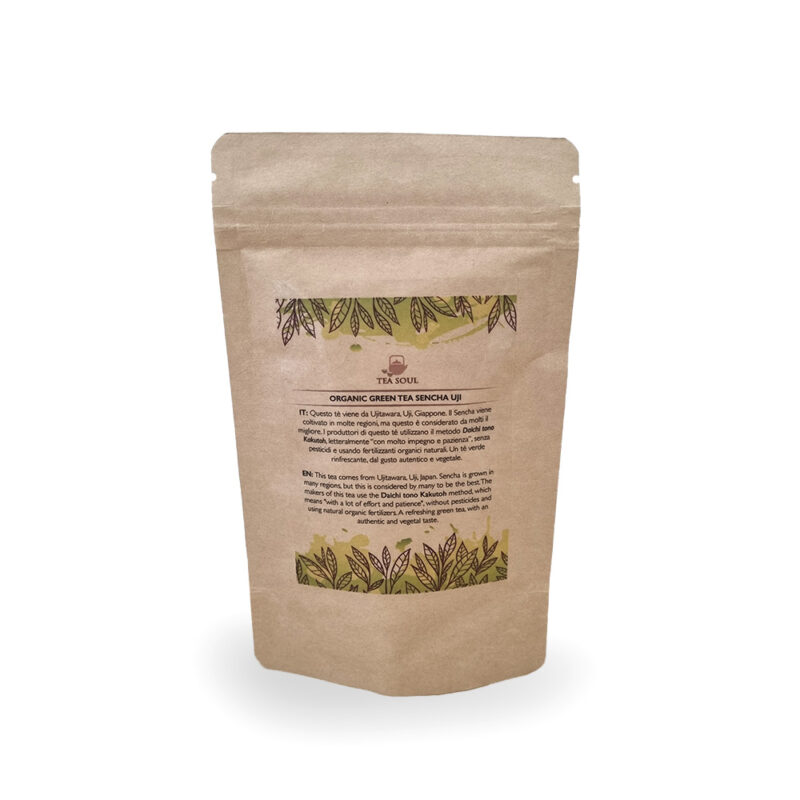

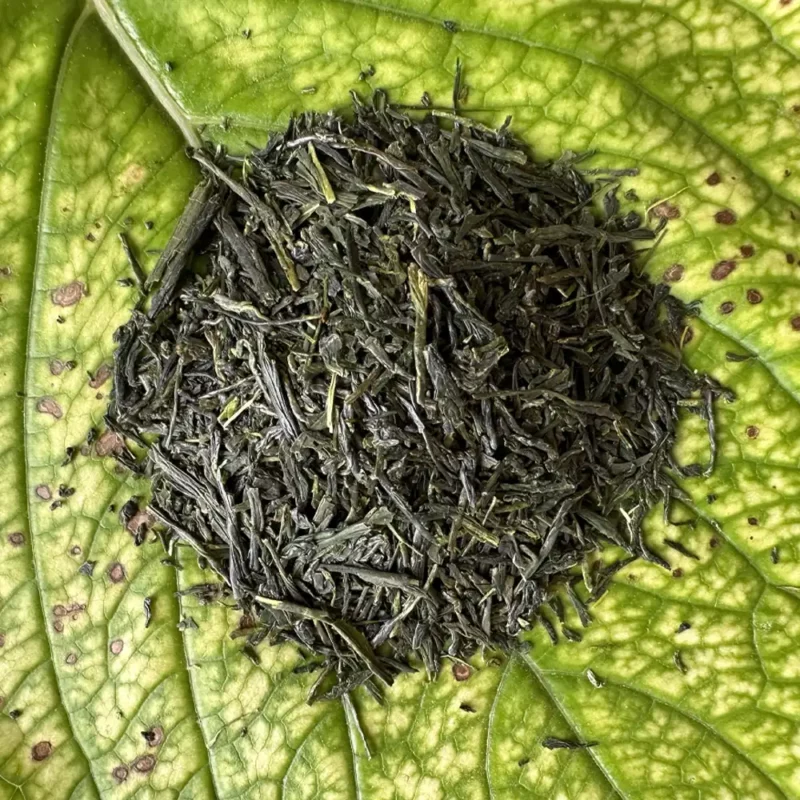

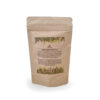

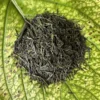

Sencha Ayame Organic Green Tea 50 gr
9.45€ Taxes included
The leaves of this organic Sencha Ayame green tea originate from the Asatsuyu cultivar, which is typical of southern Japan and characterized by delicate, high-quality leaves with a sweet and intense umami. Indeed, this sencha has an enveloping aroma and an elegant, smooth and sweet taste that invites a sensory experience to be repeated several times a day. It was harvested in the spring in Koyu, Miyazaki.
Out of stock
Notify me when it becomes available again
This site is protected by reCAPTCHA and the Google
Privacy Policy and
Terms of Service apply.
SKU: B1020104
Categories: Cold Brews, Tea, Green tea, Organic tea, TrovaPrezzi
DON'T MISS DISCOUNTS AND NEWS!
Subscribe to our WhatsApp channel and receive all updates quickly and conveniently!
Subscribe to our WhatsApp channel and receive all updates quickly and conveniently!
The leaves of Sencha Ayame organic green tea come from Koyu, Miyazaki, and were machine harvested in early spring. The cultivar is Asatsuyu, which is typical of the Kyoto area, with plants that grow well in warm, sunny areas such as those in southern Japan, while shunning harsher climates. Asatsuyu gives yields that are not very abundant but are characterized by delicate, high-quality leaves and sweet, intense umami. This sencha has an enveloping aroma and an elegant, smooth and sweet taste that invites a sensory experience to be repeated several times a day.
Tasting – Sight and smell
Organic Sencha Ayame green tea has predominantly thin, needle-shaped leaves with a glossy surface, with a few leaves just wider and flattened. The color is a brilliant forest green with emerald highlights. Once infused, the very tender leaves of this sencha give off very fresh, vegetal and slightly herbaceous aromas, with a hint of arugula, while the finish on the nose has a vague almondy, sweet hint. The liquor is a deep, bright green-yellow color.
Tasting Notes
CLASSIC TEAPOT OR KYUSU
The first sip of organic Sencha Ayame green tea allows one to immediately perceive the very soft umami in the opening, with vegetal notes of spinach and buttered chard. This is followed by sweet notes, with a memory of boiled chestnut and praline almonds, and a finish marked by a fleeting marine hint. The body of this tea is medium-light, but extremely silky, with no bitterness or astringency and a persistence that reveals a pleasant buttery, savory note to envelop the palate.
Place of origin
Koyu, Miyazaki, Japan
Brewing method
Place 5 grams of Organic Sencha Ayame Green Tea leaves (about three teaspoons) in a Japanese Kyusu-type teapot or, in its absence in a teapot possibly with a wide, flat bottom. Pour 250 ml water at a temperature of 70°C over the leaves, and after a minute and a half you can start pouring the infusion into cups. To make the most of the leaves and continue the taste experience with this tea we also recommend making three more infusions of the same leaves with the same quantity and temperature parameters but lengthening the infusion time by 5-10 seconds. The tea can be filtered for ease when tasting and also the infusion times given here above are meant to be purely indicative so one can also adjust according to one’s personal taste. Since we are talking about a Japanese green tea we remind you that it is also possible to make a delicious infusion in cold water before proceeding with hot water. For the latter we recommend, with the same grams of leaves per amount of water an infusion time of about 10 minutes. We recommend storing in a cool, dry place away from direct sunlight.
| Weight | 0.055 g |
|---|---|
| Dimensions | 0.000000 × 0.000000 × 0.000000 cm |
| PACKAGE | 250 g, 50 g |
| Detail - Temperature | 60°C |
| Detail - Brewing | refreshing |
| Feature - Caffeine | High Caffeine |
| Preparation - Teapot | 4g-100ml / 40-50-60 sec / 3 brewings |
| Feature - Oxidation | No oxidation |
| Other - Origin | Japan |
| Other - Taste | Vegetal |
| Other - Instants | Drink |
| Season | |
| Tasting notes |
Still no Reviews for this Product
Related products
9.20€ Taxes included
Earn up to 81 points.
This product has multiple variants. The options may be chosen on the product page
Yunnan China
11.50€ Taxes included
Earn up to 65 points.
This product has multiple variants. The options may be chosen on the product page
9.20€ Taxes included
Earn up to 61 points.
This product has multiple variants. The options may be chosen on the product page
COLLECTIONS
12.80€ Taxes included
Earn up to 110 points.
This product has multiple variants. The options may be chosen on the product page
TrovaPrezzi
9.20€ Taxes included
Earn up to 81 points.
This product has multiple variants. The options may be chosen on the product page
9.20€ Taxes included
Earn up to 81 points.
This product has multiple variants. The options may be chosen on the product page
Fujian China
10.40€ Taxes included
Earn up to 81 points.
This product has multiple variants. The options may be chosen on the product page
COLLECTIONS
13.90€ Taxes included
Earn up to 28 points.
This product has multiple variants. The options may be chosen on the product page





